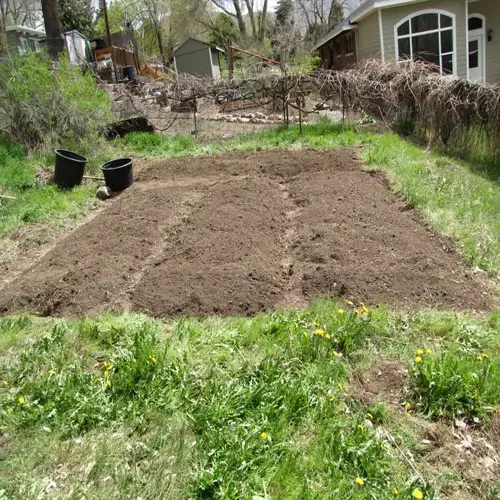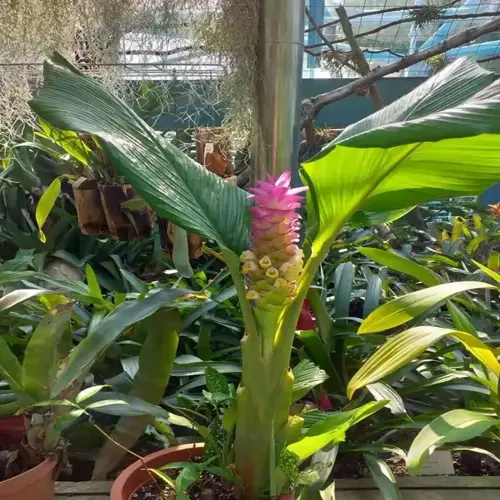How can I accelerate root growth in cuttings?

Written by
Julia Anderson
Reviewed by
Prof. Charles Hartman, Ph.D.To accelerate root growth, you want to optimize the following three key environmental factors based on my propagation experience. Maintaining consistent temperatures of 70-75°F speeds up cellular activity by 30%. Using rooting hormone strategically for slow-rooting propagules. Managing moisture precisely to prevent over-watering while maintaining root initiation. When used appropriately, these factors can reduce risk and the time required for rooting.
Temperature Control
- Use seedling heat mats for consistent 75°F root zone warmth
- Avoid fluctuations exceeding 5°F daily
- Cooler nights below 65°F dramatically slow metabolism
Hormone Application
- Dip slow-rooters like Haworthia in IBA powder
- Use natural alternatives: aloe gel or willow water
- Reapply after 14 days if no root development occurs
Moisture Management
- Maintain soil at 30% moisture content using meters
- Water only when top inch dries completely
- Use humidity domes only in arid environments
Cutting Selection
- Choose stems with visible root node bumps
- Take morning cuttings when hydration peaks
- Avoid flowering stems with diverted energy
Temperature accuracy is the key factor in rooting speed. I use waterproof probe thermometers positioned in the medium, similar to buried thermometers in a propagation tray. Heating mats should cover only half the tray bottom to allow thermal gradients. The cuttings will move to where they prefer. Consistent warmth will maintain ideal cellular metabolic activity, creating growth.
Hormone selection will depend on the succulent variety. The powdered form of IBA appears to work best for woody-stemmed types, such as Crassula. I suggest using liquid hormones for succulent stem types, such as Echeveria. For organic options, I use soaked gel from real aloe vera and sprinkle cinnamon. This natural method allows for the use of auxins, as well as an antifungal agent, without the use of toxins.
Moisture monitoring prevents the common error of saturation. Always insert moisture meters in the root zone, not just look at surface appearance. If you don't have meters, lift the trays each day to detect any changes in weight. Once the soil reaches perfect field capacity, I mark that with a permanent marker as a benchmark to ensure I don't overwater.
Cutting preparation has a significant impact on the outcome. I take cuttings early in the morning when turgor pressure is highest. I cut at a 45-degree angle below a node using a sterilized blade. I also strip the lower leaves to expose potential root zones. I apply the hormone directly after the cut to avoid oxidation, sealing the vascular tissues.
Tactics for solving stalled growth need to be well-targeted. No roots in ten days; apply bottom heat. Calloused cuttings with no roots; increase humidity slightly. Rotting cuttings, apply immediate drying and cinnamon treatment. Each action you take is crucial in saving stuck propagations.
Read the full article: How to Propagate Succulents: A Complete Guide

